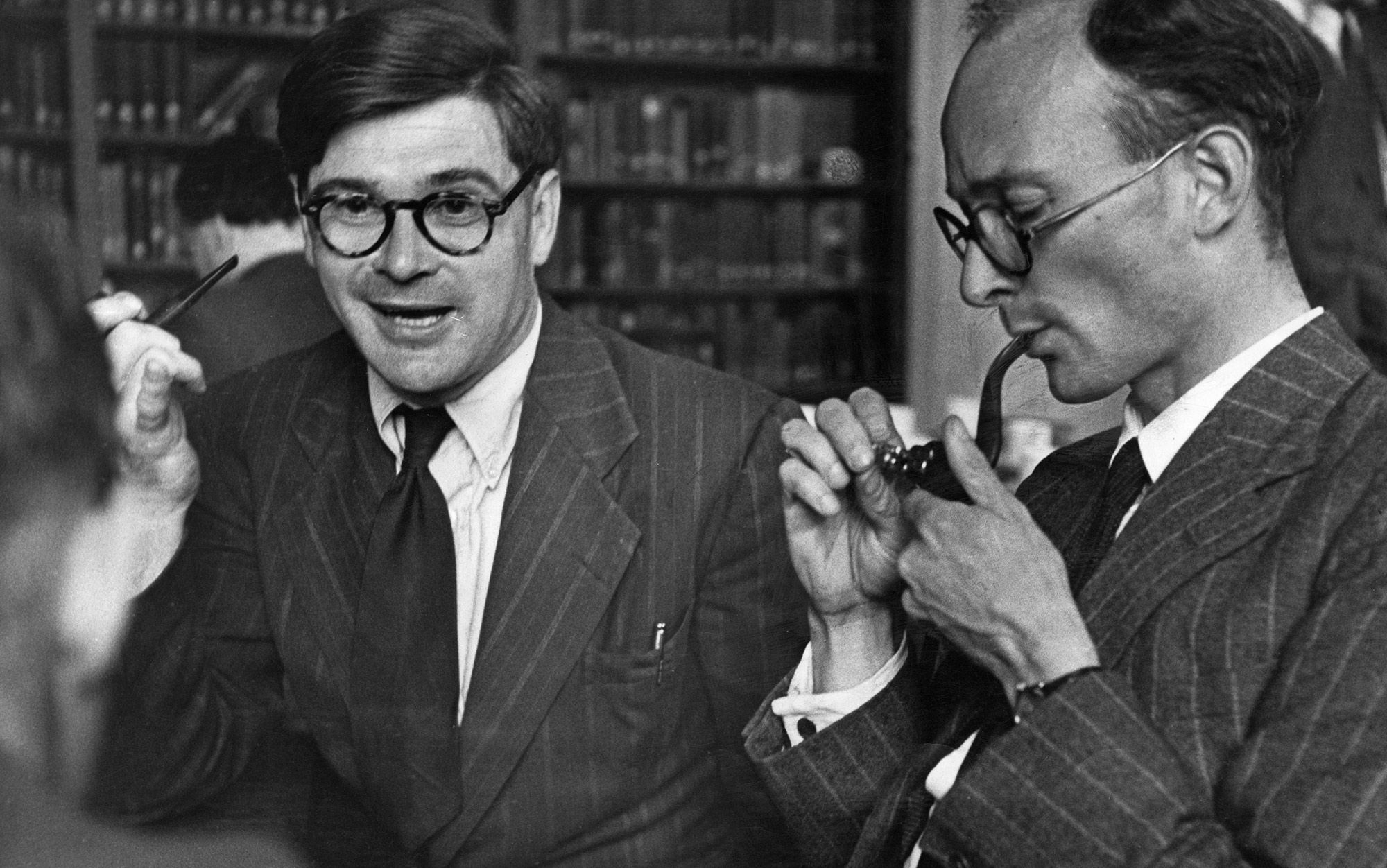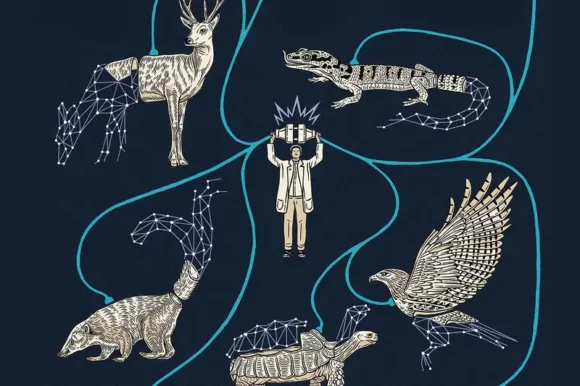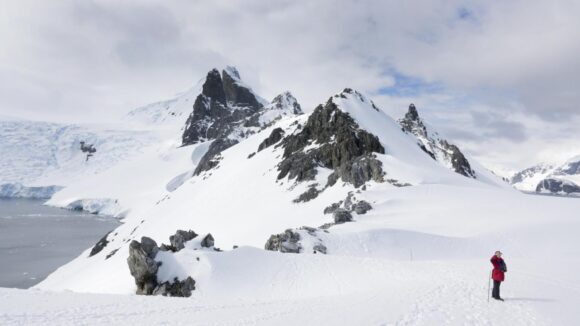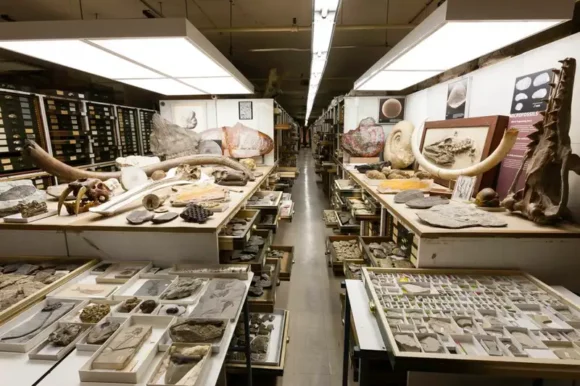Reading To Battersea Park by Philip Hensher for The Spectator, 1 April 2023
We never quite make it to Battersea Park. By the time the narrator and his husband reach its gates, it’s time for them, and us, to return home.
The narrator is a writer, living just that little bit too far away from Battersea Park, inspired by eeriness of the Covid lockdown regime but also horribly blocked. All kinds of approaches to fiction beckon to him in his plight, and we are treated to not a few of them here.
Each section of this short novel embodies a literary device. We begin, maddeningly, in “The Iterative Mood” (“I would have”, “She would normally have”, “They used to…”) and we end in “Entrelacement”, with its overlapping stories offering strange resolutions to this polyphonous, increasingly surreal account of Lockdown uncanny. Every technique the narrator employs is an attempt to witness strange times using ordinary words.
Hensher didn’t just pluck this idea out of the void. Fiction has a nasty habit of pratfalling again and again at the feet of a contemporary crisis. Elizabeth Bowen’s The Heat of the Day (the Blitz) dribbles away into an underpowered spy thriller; Don DeLillo’s Falling Man (the September 11 attacks) only gets going in the last few dozen pages, when the protagonist quits New York for the poker-tournament circuit. Mind you, indirection may prove to be a winning strategy of itself. The most sheerly enjoyable section of To Battersea Park is a “hero’s journey” set in post-apocalyptic Whitstable. Hensher nails perfectly the way we distance ourselves from a crisis by romanticising it.
Milan Kundera wrote about this — about how “the monster comes from outside and is called History” — impersonal, uncontrollable, incalculable, incomprehensible and above all inescapable.
In To Battersea Park, Hensher speaks to the same idea, and ends up writing the kind of book Kundera wrote: one that appeals, first of all — almost, I would say, exclusively — to other writers.
In the middle of the book there’s a short scene in which a journalist interviews a novelist called Henry Ricks Bailey, and Bailey says:
“When people talk about novels, if they talk at all, they talk about the subject of those novels, or they talk about the life of the person who wrote it. This is a wonderful book, they say. It’s about a couple who fall in love during the Rwandan Genocide, they say… It’s as if all one had to do to write a novel is pick up a big box of stuff in one room and move it into the next.”
This (of course, and by design) borders on the infantile: the writer boo-hooing because the reader has had the temerity to beg a moral.
Hensher is more circumspect: he understands that the more you do right by events — the endless “and-then”-ness of everything — the less you’re going to to able to interest a reader, who has after all paid good money to bathe in causes and consequences, in “becauses” and “buts”.
To Battersea Park reveals all the ways we try to comprehend a world that isn’t good or fair, or causal, or even comprehensible. It’s about how we reduce the otherwise ungraspable world using conventions, often of our own devising. An elderly man fills half his house with a model railway. A dangerously brittle paterfamilias pumps the air out of his marriage. A blocked writer experiments with a set of literary devices. A horrified child sets sail in an imaginary boat. It’s a revelation: a comedy of suburban manners slowed to the point of nightmare.
That said, I get nervous around art that’s so directly addressed to the practitioners of that art. It’s a novel that teaches, more than it inspires, and a small triumph, in a world that I can’t help but feel is gasping for big ones.










